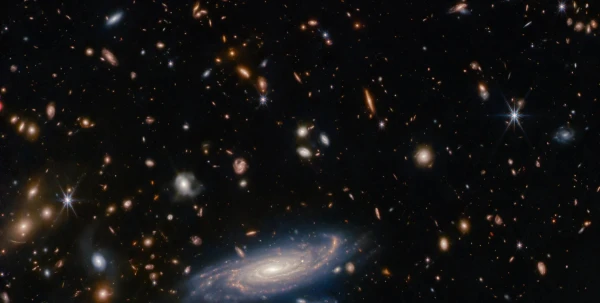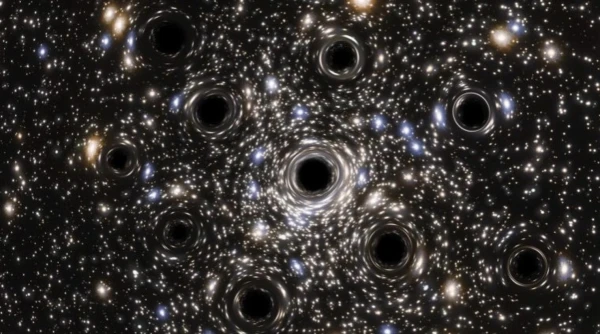
Plasma in space causes massive disruptions on our planet.
A giant prominence – a plasma formation that originated on the surface of the Sun – has formed and detached from the star. This was reported by representatives of the solar astronomy laboratory of the Institute of Space Research of the Russian Academy of Sciences.
According to researchers, the prominence that broke away from the Sun is 80 times larger than Earth.
"The 'king prominence' has flown away from the Sun. The formation and ejection of a very large solar prominence, significantly exceeding average sizes, has been recorded... at the northern pole of the Sun. The size of the plasma formation at the moment of detachment from the Sun exceeded one million kilometers, which is 80 times larger than the diameter of Earth," the message on the laboratory's Telegram channel states.
Scientists also noted that the source of the solar processes that led to the formation of such a giant structure is located on the far side of the star and is therefore not accessible for observation. Three days ago, a large cloud of plasma was ejected from approximately the same area.
"It is possible that both events (the earlier ejection and today's detachment of the giant prominence) have a common source of activity and may be related to the same center 4274, which previously, while still in the line of sight of Earth, produced the two largest flares of the year – X5.1 and X4.0, and is now located on the invisible side of the Sun," the researchers stated.
One of the most famous prominences was observed on June 4, 1946, near the maximum of the solar cycle, was captured on film, and was named "Granddaddy." Its height was 1.7 million km, which is greater than the diameter of the Sun.
On January 25, 1991 (near the maximum of the solar cycle), astronomers Udin W. and Verma V. K. recorded the maximum eruption speed of prominences – about 1280 km/s.
On March 18, 2003, the SOHO satellite captured the emergence of two prominences from opposite sides of the Sun's disk for the first time. Six hours later, both prominences ceased to exist. It is unknown whether this event was regular or random.
On April 17, 2009, the TESIS observatory, located aboard the Russian satellite "Koronas-Foton," recorded the ejection of a giant prominence during a deep minimum of solar activity: a prominence 50 times larger than the diameter of Earth was ejected into interplanetary space.














Leave a comment